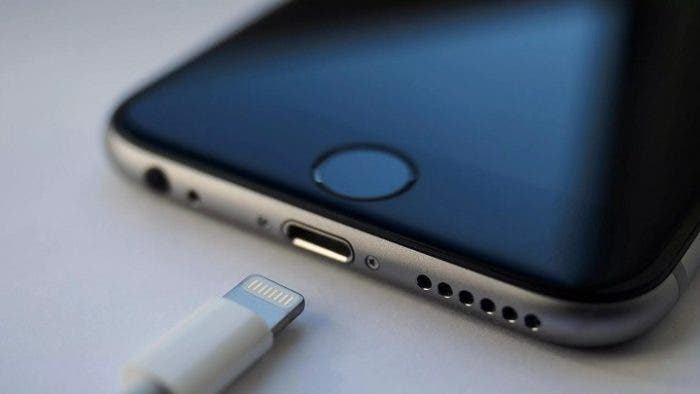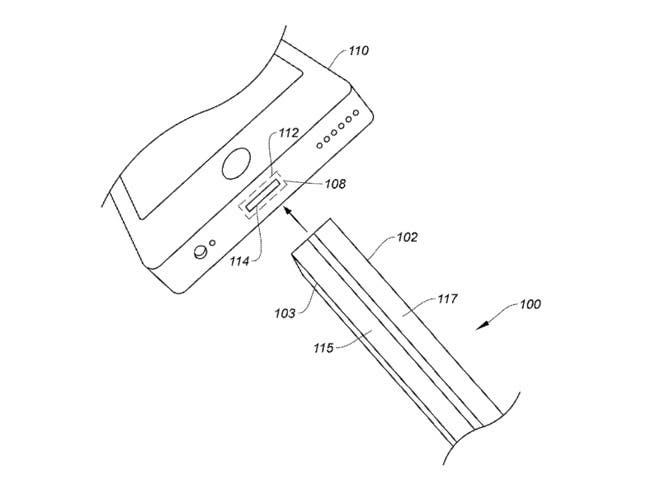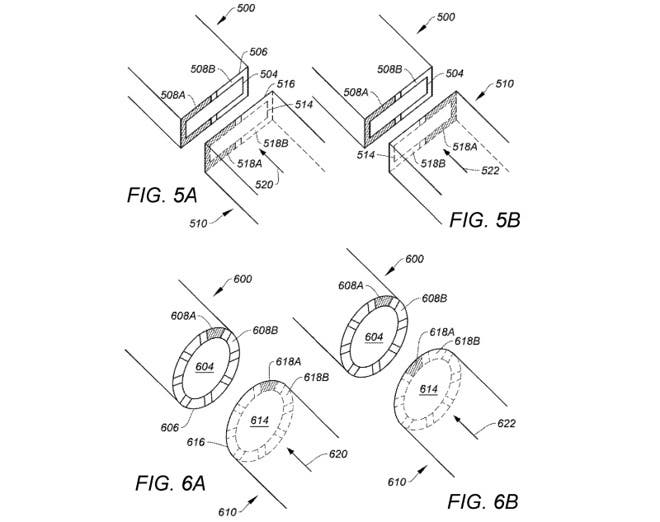With the launch of the iPhone X, Apple launched a radical process to simplify the design of the iPhone, to the point that the company even went so far as to consider – at the design stage – even removing the lightning connector.
On that occasion Apple did not take this drastic decision, however, it is clear that the purpose of Jony Ive and his team is to make an iPhone completely free of ports and connectors, turning it into a real glass brick. In order to achieve this goal, it is necessary to further improve the technologies present in the smartphone and a new patent just deposited at the US Patent Office gives us some details on the roads explored by Apple.
One of the critical aspects to consider, if any physical connector is removed, concerns the communication of the terminal with external devices, such as a PC with which to perform synchronization and backup. In fact, this cannot always be done via Wi-Fi, which is why Apple has devised a system that allows the use of waveguides to convey electromagnetic signals (including millimeter waves) to offer a hybrid method of data transfer.
The purpose of the waveguide is to correctly channel the signal transmitted through the millimeter waves; this is only possible if the guide is connected and oriented correctly, which is why Apple had to imagine a new type of particularly complex cable.
This should be composed of a central structure made of a dielectric material – the waveguide – surrounded by a coating in which semiconductors are dedicated to the transmission of electrical signals. The latter should not convey data – a task reserved for the waveguide – but their purpose will be only to determine the correct orientation of the cable.
The Lightning port provides two functions, in that it can be used to provide power to recharge the iPhone’s battery, and can offer a connected data connection with a Mac or PC, or an accessory. While the charging element can be performed by wireless charging functions offered in current-generation models, a physical data connection cannot easily be replaced, making it tough to remove the port entirely.
In short, Apple aims to create a cable that can work even without a real physical connector, thus eliminating the need to use a lightning or Type-C port. In addition to this, the connection through millimetric waves could guarantee transfer speeds considerably higher than the norm. Obviously, since it is a patent, it is not known if and when Apple will apply what has been described, but we are certain that the Cupertino company is concretely exploring this kind of possibility.







